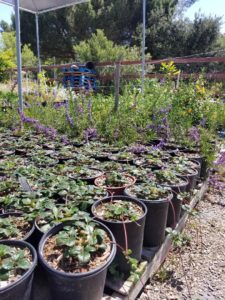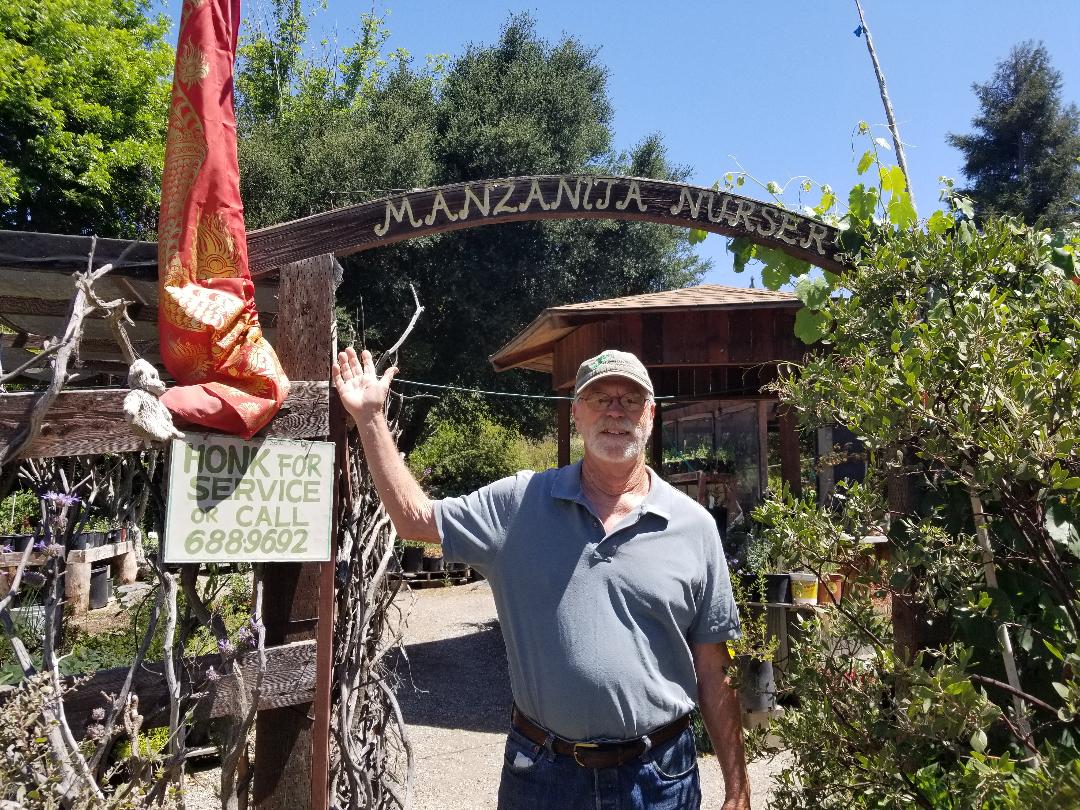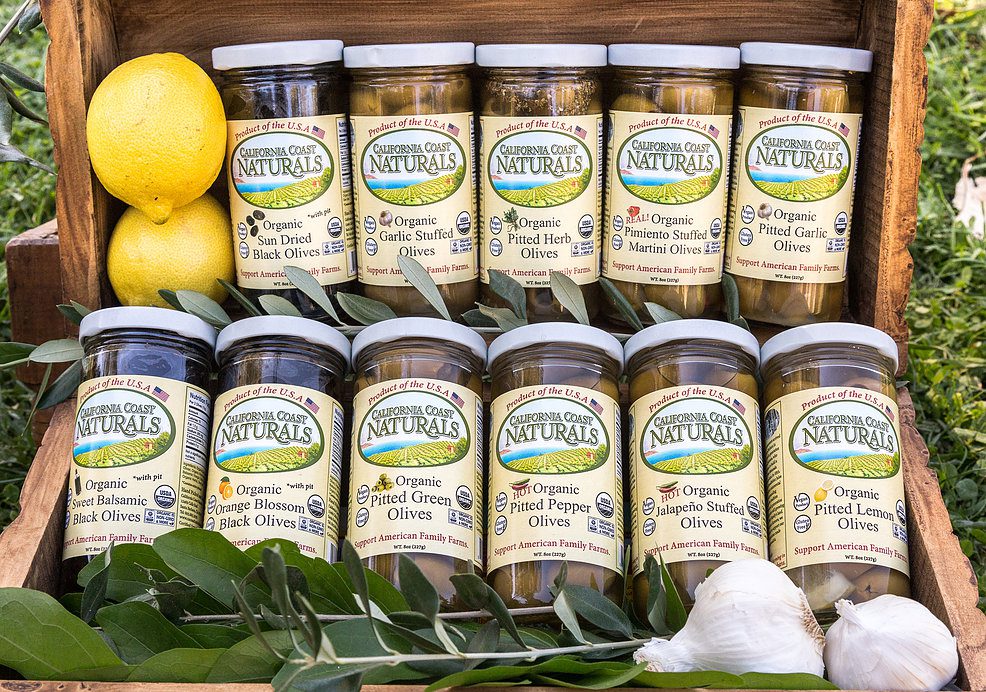By April Charlton
Contributing Writer
Drought-resistant gardens don’t have to resemble arid deserts filled with prickly cacti; they can burst with color and fragrance just like a water-intensive landscape.
“Absolutely,” said Nick Giese, Manzanita Nursery manager, when asked whether water-wise, native landscapes can be colorful and beautiful. “I mean, you are never going to know unless you come out here and check it out. It’s pretty obvious.”
On the hillside of Chalk Hill Road, a few miles north of Solvang, Ron Griffin and his wife, Diane, opened the nursery that specializes in native plants in the mid-1990s. The 13-acre property was purchased in 1975 and is shared with the Griffins’ home. Between three and four acres are in production for the nursery.
“I like to say this is a hobby gone awry,” Ron Griffin said with a laugh during a recent tour of the nursery, where numerous native plants were blooming — colors ranging from various hues of purple to shades of yellow — and tall ornamental grasses swayed in the breeze.

“We don’t have a lot of greenhouses, so we only grow stuff that will survive the summer heat and the winter cold,” Ron Griffin says.
The couple decided to get into the nursery business, specifically native plants, after Diane took a painting class at the Santa Barbara Botanic Garden and it spurred their interest to learn about drought-resistant landscapes, Griffin said.
“I’m kind of self-taught,” Griffin said, noting he took every native-plant class available at the Botanic Garden prior to opening Manzanita Nursery, which is the only nursery in Santa Barbara County specializing in native plants. “First I learned how to kill plants before I learned how to grow them well.”
When the couple opened their nursery, there wasn’t much of a demand for native plants, Griffin said.
Today is a different story, as California’s drought has persisted and changing weather patterns have left more people looking beyond the typical big, green lawn for their landscaping needs.
“A lawn takes so much water, mowing, maintenance, everything,” Giese said. “It’s kind of pointless.”
For Giese, it’s common sense to plant native gardens and use natives for landscaping, especially in drought-prone California, while steering away from water-intensive plantings and artificial turf, which has its drawbacks as well, since wildlife such as deer view the fake grass as food, he said.
“They come down to eat (the artificial turf) and it’s not food, so they basically starve themselves,” Giese said. “All these (native) plants have evolved over time, not only the plants, but the animals, too. … By putting in these native plants, you’re bringing beneficial pollinators, insects, birds, all the above, and creating an ecosystem that you get to enjoy as well.”
“The big, huge lawn was a product of the Edwardian times in England … and it was adopted by Americans and sort of became an icon, but it’s kind of outdated,” Griffin added.
People may believe they are helping the ecosystem — saving water in a thirsty state — by taking out their lawns and replacing them with artificial turf, but Giese pointed out the practice also often harms trees that are planted as part of the landscape.
“A tree that was used to getting water from the lawn is now dying because you basically put a carpet over it and it’s not getting any water,” he said. “It heats up and it kills the soil, so what does that do for any plant? Nothing, really.”
People can achieve the same water savings, if not more, by replacing water-intensive lawns and plants with natives.
Manzanita Nursery also sells books about gardening with native plants and offers customers help in choosing the rights plants for their needs.
“It’s not like another nursery where you just show up, take a cart and they want you to go shopping, ‘give me your money’ kind of thing,” Geise said about a visit to Manzanita Nursery.
“This is, I want you to be able to take care of the plants and understand how to take care of them,” Giese added. “I didn’t work this hard to grow them for them to go to your house and die. It’s beneficial for all involved.”
The majority of the hundreds of plants available at the nursery grow along California’s coast, in the state’s chaparral, or are indigenous to the Santa Ynez Valley, meaning they should grow well in local people’s yards as long as the plants get the proper care, Griffin said.
“We don’t have a lot of greenhouses, so we only grow stuff that will survive the summer heat and the winter cold,” Griffin said about what can be found at the nursery, which also has a tremendous selection of manzanita that can’t be found anywhere else locally. “Overwatering is probably the biggest problem we encounter. People always think more is better.”
Manzanita Nursery, at 880 Chalk Hill Road, is open from 9 a.m. to 4 p.m. Tuesday through Saturday, by appointment on Monday and closed on Sunday. Call 805-688-9692 or visit www.manzanitanursery.com for more information.







